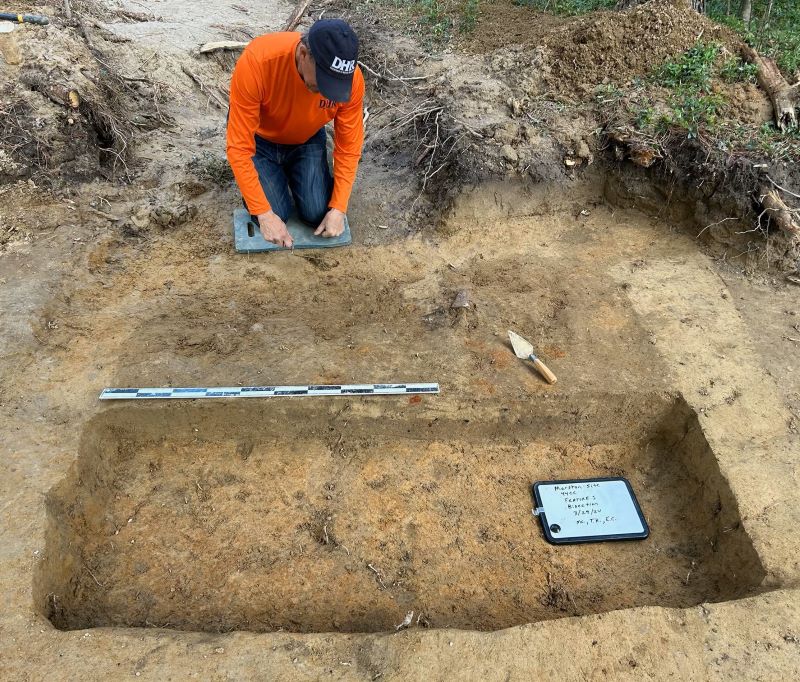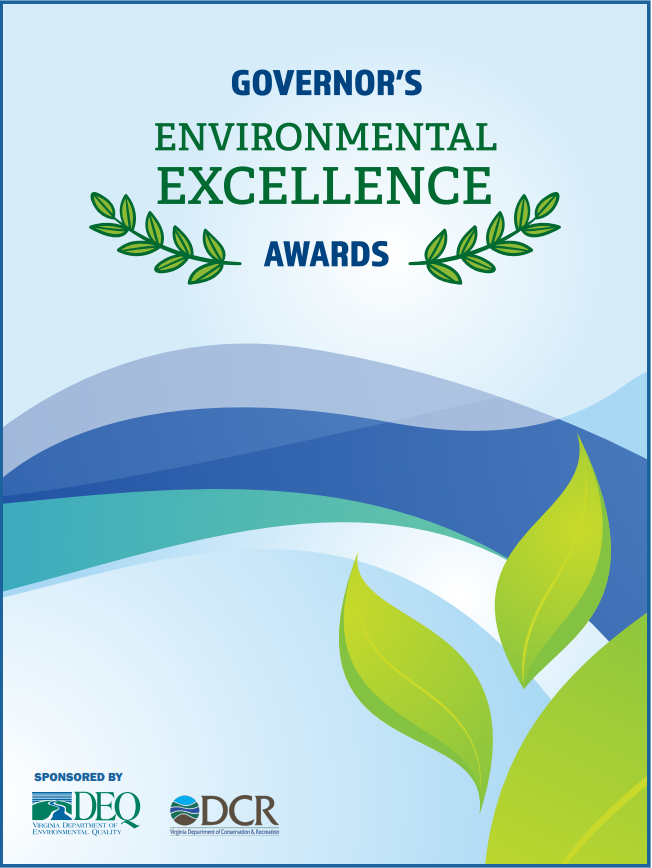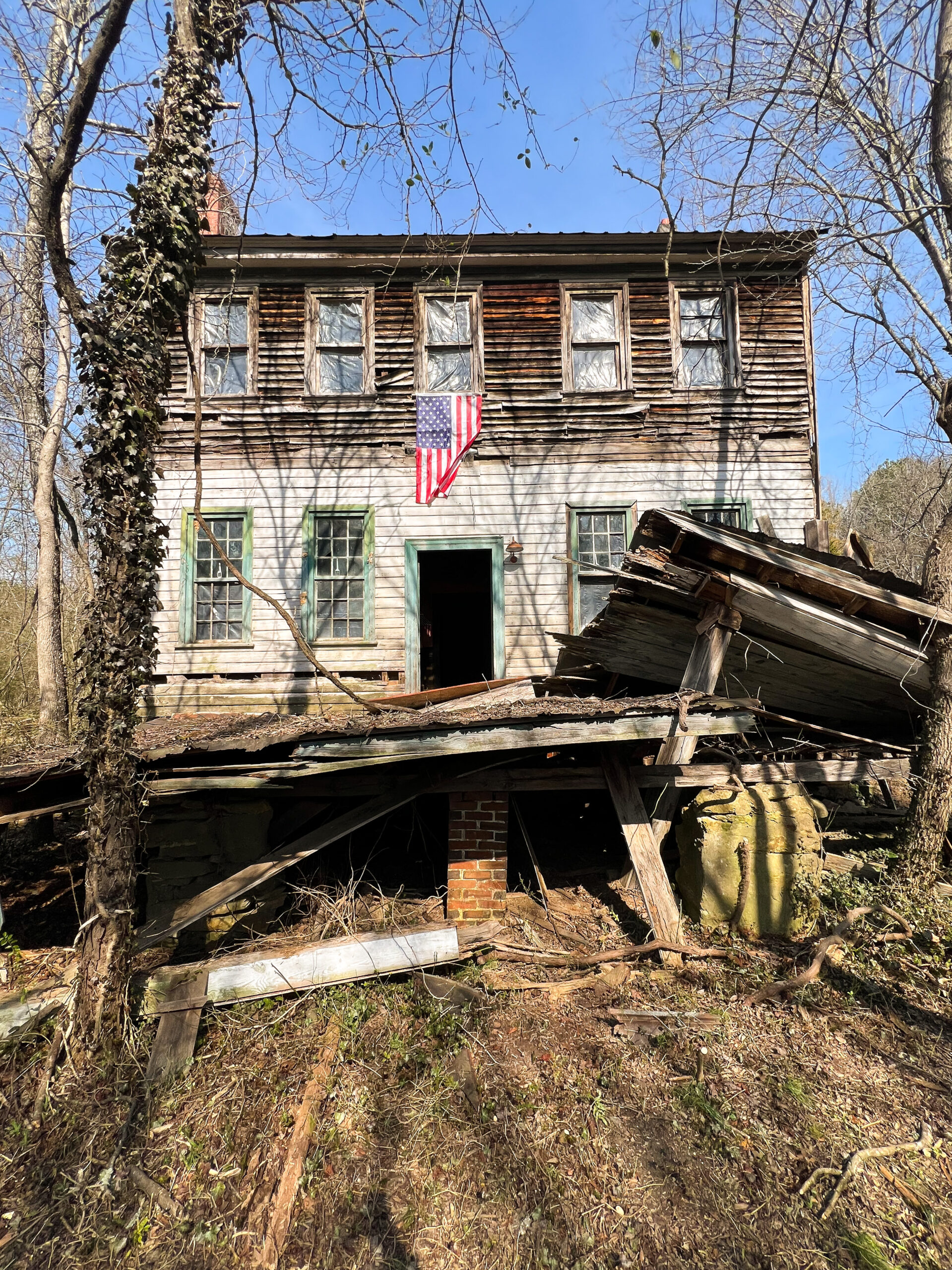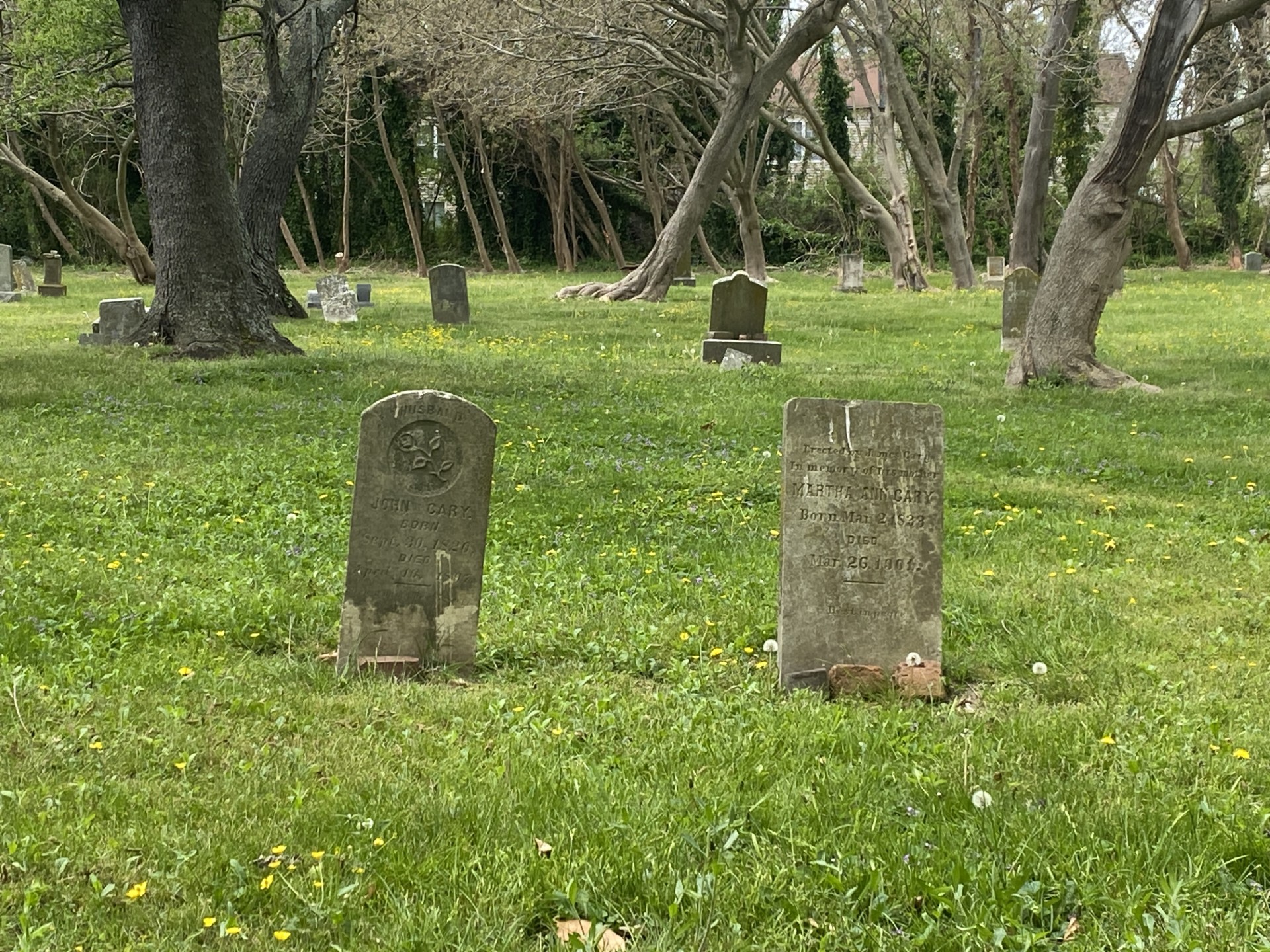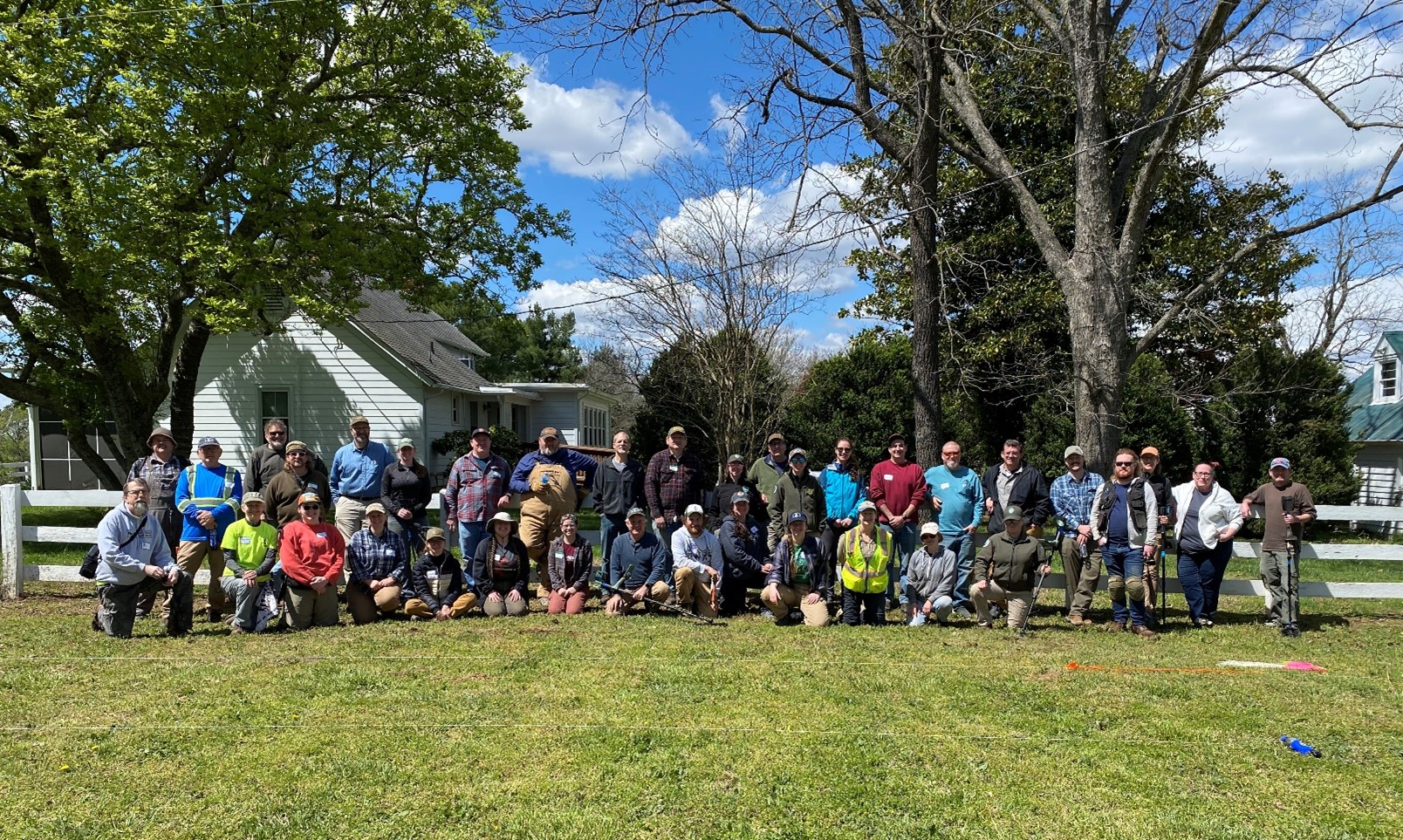Community Outreach Coordination
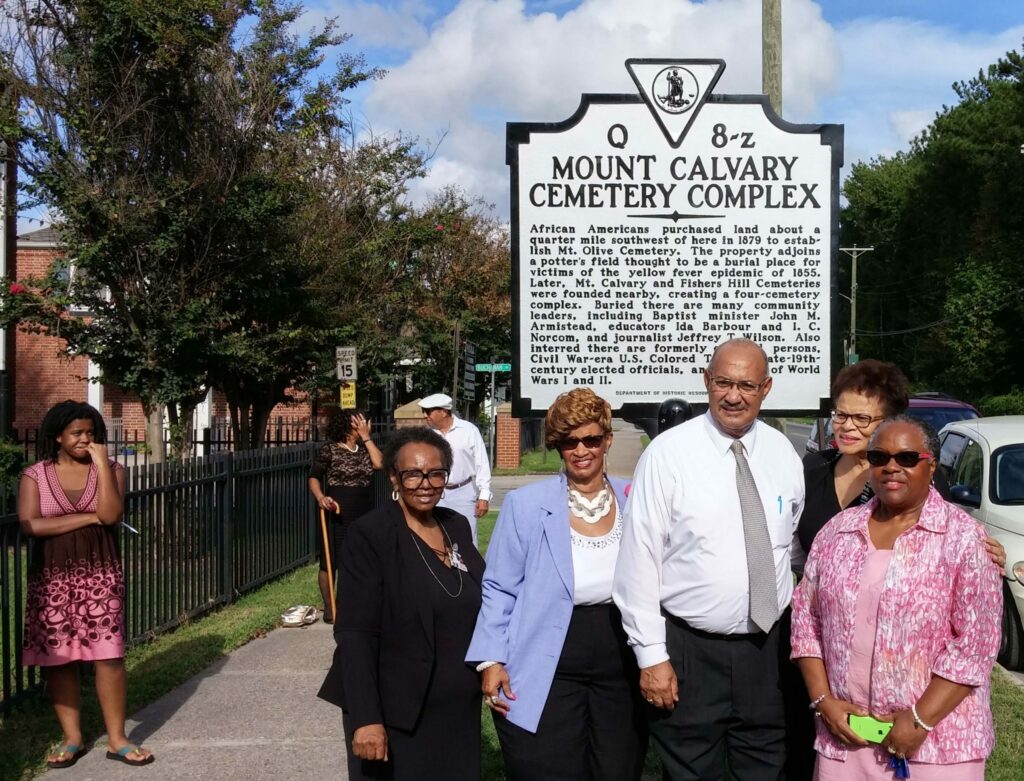
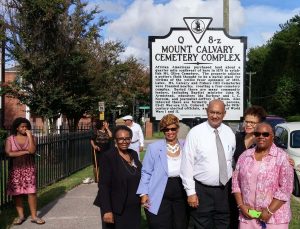
Meaningfully engaging with African Americans and Virginia Indians
(See below for Special Announcements & Opportunities.)
DHR acknowledges that meaningful collaboration with African American and Virginia Indian communities towards the development and implementation of preservation agendas has been regrettably limited. Neglect and a lack of direct engagement has led to the loss of many historic properties of significance to these constituencies. Moreover, many such resources are not represented in the Virginia Cultural Resource Information System (VCRIS).
As part of concerted efforts to respond to this imbalance, DHR hired (July 2021) a Community Outreach Coordinator. Supported by the General Assembly, this new role is a renewed commitment to bring DHR’s mission to African American and Virginia Indian communities and blaze new pathways for participation in preservation.
The Coordinator is tasked with adding to VCRIS as many architectural and archaeological resources as possible specifically associated with African American and Virginia Indian history. Identification is the first step towards preserving and interpreting historic resources and leveraging their value as assets for the economic, educational, social, and cultural benefit of our citizens.
Central to this inaugural year’s engagement efforts is establishing an internship program for students attending Virginia’s Historically Black Colleges and Universities to work directly with DHR’s staff. The internship program’s mission is to increase students’ awareness and access to careers in historic preservation, as well as to enrich the Commonwealth’s database of historic districts, buildings, structures, and archaeological sites associated with African Americans. We look forward to showcasing student projects here.
New grant opportunities focused on the identification, recordation, and evaluation of historic African American and Virginia Indian resources are in development. Additionally, funding for the initiative will support nominating eligible historic properties to the Virginia Landmarks Register and National Register of Historic Places, as well as updating nominations of listed properties that currently do not reflect the experiences and contributions of African Americans and Virginia Indians.
For more information on DHR’s Community Outreach Coordination and to report African American and Virginia Indian historic resources, please contact the Community Outreach Coordinator Tim Roberts (804) 482-6103.
Special Announcements & Opportunities
- The Society of Architectural Historians, alongside its Minority Scholars, Asian American & Diasporic Architectural History, and Race & Architectural History Affiliate Groups, invite applications for a 2022 SAH annual conference undergraduate and graduate student fellowship as a step toward increasing the racial diversity of SAH and the field of architectural history. Apply (link goes to SAH website).



